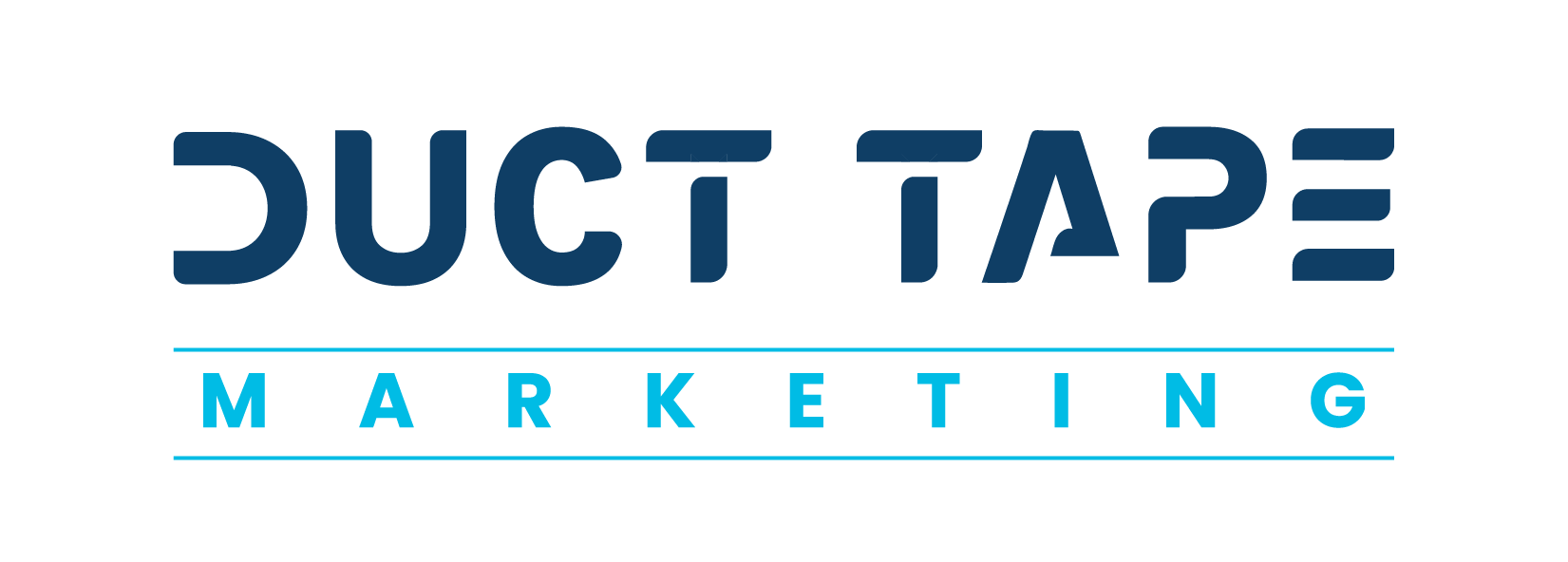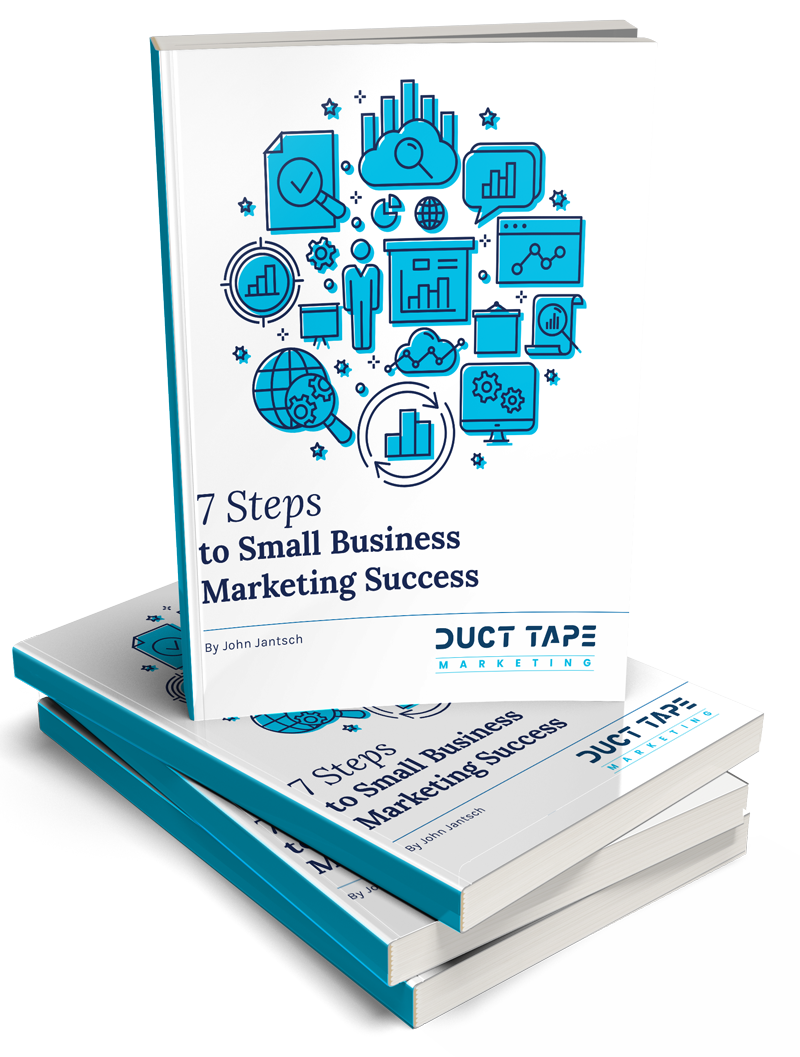Small business owners and entrepreneurs create new stuff everyday. And the feeling that a business, product or service is their “baby” leads to constant fussing over making it good enough, better or perhaps the best.

Now, don’t get me wrong, I’m all for putting really good stuff out there, but at some point making it better becomes a game of diminishing returns or even a crutch for the real need – creating a remarkable customer experience.
If you really want to create a better product, service or company create a better experience and wrap it around what you actually sell.
I know a lot of people talk about customer experience these days, but I’m not simply talking about better customer service processes and response times.
I’m talking about the stuff most people never see, you probably don’t even know occurs, but your customers and prospect surely feel, even if they never say it.
I’m talking about the hidden processes or lack of processes that erode a great experience over time and keep you from building the kind of momentum that comes from something close to perfect.
I spent some time recently with a brilliant marketer named Dean Graziosi as he explained a recent process he undertook to expose the gaps that might exist in his organization’s customer experience.
His business does hundreds of millions of dollars a year in training and support services in the real estate industry. His customers are raving fans for his products, he uses his own products and advice to close thousands of personal real estate purchases each year so he knows is product is great.
He told me that he recently hired someone to “secret” shop all of his products, processes, policies and training. He had them sign up for information, attend workshops, buy products, return products, complain, question, inquire and enroll in all manner of training.
His number one goal throughout the research was to judge how his undercover customer “felt” throughout the process. He wanted to know what they were thinking, what seemed odd, what slowed them down, what made them doubt their purchase, what kept them from succeeding and what felt awesome.
By focusing on understanding the conversations his customers were having with themselves throughout he could go to work on creating the most positive narrative possible. Before he could do that however, he had to get inside the real story.
The distinction to measure how every interaction made a customer feel is key here. So, often we want to create what’s fast and efficient or what seems obvious to us, when the real money is in creating something that feels good and right and caring in the mind and heart of the customer.
While Graziosi runs an incredible company, with a complete customer focus, he readily admits that this process uncovered dozens of seemingly little things that, when viewed through the eyes of a newbie customer, became obvious places for improvement in how his customers feel about their experience.
It is very easy to get caught in the trap of creating a certain response or process that works for us, but sends an unintentional wrong signal to a customer. Simple things like email copy that is robotic or lack of communication while a customer waits for an order often work against us in ways we no longer even consider.
Take this idea seriously as it could unlock simple innovations that deliver far greater return than any improvement or tweak in what you sell could even offer.
Hire someone or, better yet, multiple someones, to go through everything you do as a business with an eye on how they feel throughout the process.. Require them to sign up for free stuff, get your newsletter, buy your products, engage your people, experience your service, follow-up and every form of communication. Give them each a journal and ask them to record how they feel about every email, conversation or interaction.
Then, map out every process, every touch point, every way in which someone comes into contact with your organization as a baseline and start taking it apart based on the feedback your shoppers give you.
Include every email, ad, form, response and timing as part of the map. Don’t forget seemingly unmarketing type contacts in things like shopping cart navigation, payment processing, returns and delivery.
So, where are the gaps? Where could you build trust, represent the brand and ease tension and remorse in ways that you are not. This process should reveal both ways that you are currently screwing up royally and opportunities to create some very elegant and profitable innovations.
Make this project a priority and watch your business magically experience a significant bump in business and referrals.
Need more tips on how to grow your business? Check out our entire Guide to Marketing Professional Services.



